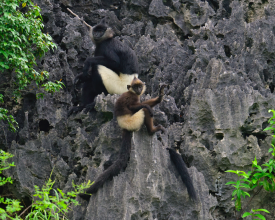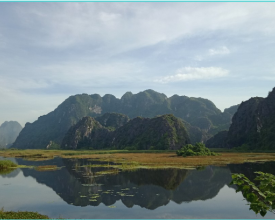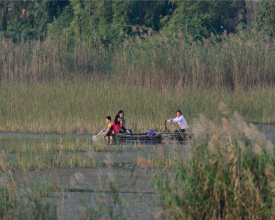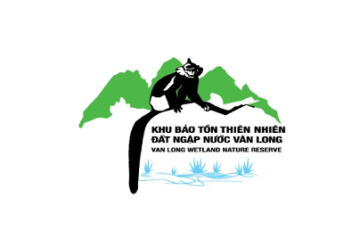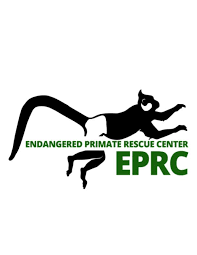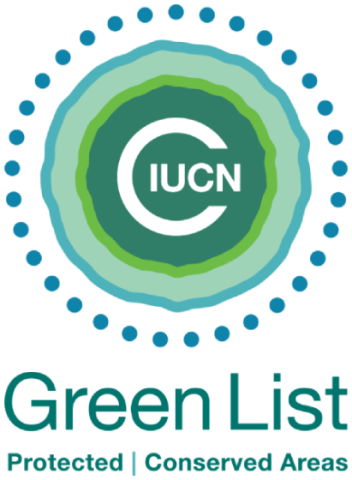
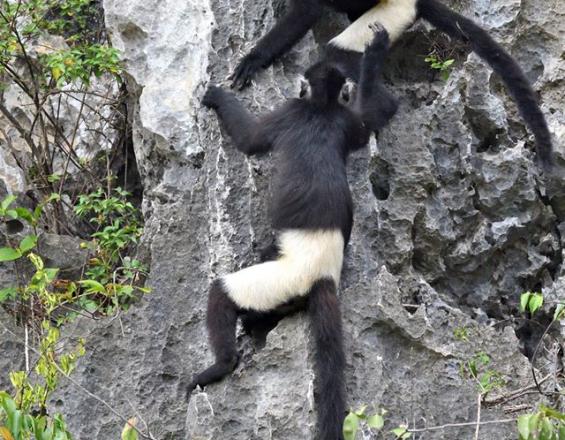
Van Long Wetland Nature Reserve (NR) is located in Ninh Binh province, Vietnam. Van Long NR claims to be the largest semi-natural inland wetland in the Northern Plain. The Nature Reserve is also home of the world's largest population of Delacour's langurs (Trachypithecus delacouri). Recent counts confirmed c. 150-160 individuals of this langur, a significant increase compared to the number at the time of NR establishment in 2001, which was 60-67 individuals. Delacour's langur is an endemic species to Northern Vietnam, and also listed as critical endangered globally by IUCN. This species is now legally protected by the Government of Vietnam. This solution is about one of the most sucessful efforts of species conservation in Vietnam.
Van Long received Green List certification in 2020.
Context
Challenges addressed
- Agricultural: Agricultural activities inside and especially outside NR involved the use of pesticides, herbicides, chemical fertilizers, etc. having negative impacts on the wetland ecosystem due to the hydrological connections between in- and outside the reserve.
- Industrial: Van Long NR is impacted by smoke, dust, and waste disposals from Gian Khau Industrial Zone and other cement factories in the area.
- Invasive species: At present, some alian invasive species recorded in NR such as yellow snail, red-eared slider turtle, tank cleaning fishes, water hyathine and Mimosa pigra. So far, there has been no measures to control these invasive species.
- Wildlife hunting: At present, although strict protection was introduced, small-scale huntingh activities are still found, hunters using homemade guns and bird-nets.
Location
Process
Summary of the process
The Government recognition and local involvement have made species conservation a success and an ideal tourist attraction. Van Long NR has been one of the most successful examples in Vietnam of a unique conservation model between community-based tourism development and species and habitat conservation. The Van Long Nature Reserve Management Board and local authorities need to continue to work together, share benefits from tourism activities and reinvest in protection efforts in order to have better management of the wetland and karst ecosystem and its unique biodiversity.
Building Blocks
Effectiveness in Conserving Biodiversity
Although Van Long NR is small compared to other Protected Areas in Vietnam, the core area of biodiversity conservation in Van Long is proving very effective in conserving biodiversity.
Van Long NR maintains to be the biggest inland wetland in the Northern Plain. The Nature Reserve is also the place with the biggest community of of Delacour langur, at present about 150-160 individuals, a very big increase (238%) compared to the number recorded at the time of its establishment, which was 60-67individuals. Delacour langur population is reproducing well. Beside that, water birds are increasing in numbers made Van Long became a interesting bird watching site. In addition, as a result of good management and protection of the limestone ecosystem and karst landscape, the limestone forests has rapidly recovered, contributing to the increased forest cover up to 30%. The Nature Reserve also performs good protection of the biggest inland wetland in the Northen Plain, which contributes to the preservation of valuable genetic sourcesfor aquatic species.
Enabling factors
Since its establishment in 2001, Van Long NR has developed and implemented management plans in five-year period such as Operational Management Plan (OMP), Sustainable Conservation and Development Planning, and Annual Operational Plan. The planning process has consulted relevant stakeholders particularlly the local community, used the information about socio-economic conditions and real situation in most conformity.
Lesson learned
The design of Van Long NR and development of management plans are suitable with conservation needs for Van Long natural values. The conservation priorities were identified such as limestone ecosystem, wetland ecosystem, Delacour langur population and migrated water birds. The ecosystems and population of Delacour langur are protected through the programs of the government as well as national and international organizations. Conservation and protection activities have generated job opportunities for local communities, improved local livelihood through eco-tourism and local participation in forest management and protection. However, till now, the expansion of the Nature Reserve is needed to preserve the integrity of biodiversity values and ecosystem services. The efforts regarding expansion of the Nature Reserve include the establishment of Kim Bang Nature Reserve (Nam Ha) and support to patrol for protection of Delacour langur in Dong Tam (Hoa Binh).
Local Commitment and Participation
Van Long NR was created at the request of the local communities themselves, and they have maintained a strong commitment in their participation of protecting and maintaining ecological and cultural values of Van Long.
Enabling factors
This is considered as a unique community-based management model in Vietnam. Given that the Van Long is different to other protected areas in the remoter reaches of Vietnam’s rural hinterland, Van Long is in the heartland of the kinh majority Vietnamese, in a highly human dominated landscape, on the very outskirts of the Hanoi capital.
Lesson learned
The management board of Van Long maintains strong relationships with stakeholder groups, and continually discuss and exchange in regular meetings to assess the good governance of the wetland.
Multi-stakeholder management board
The Van Long Management Board, has the mandate to make decisions in VLNR. It is a multi-stakeholder Management Board and was established in 2001.
Enabling factors
It is under the mandate of the Provincial Forest Protection Department Ramsar (2018) who refers to it as the Van Long Special-use Forest Management Board.
Lesson learned
It is responsible for the overall management of biodiversity conservation and protection of natural resources, law enforcement, and conservation projects in Van Long, but also engaging with the local communities and stakeholder groups, to ensure fair representation and meaningful consultation on governance issues.
Governance assessment under the IUCN Green List Process
Governance assessment processes led by the site engaged local stakeholders and developed action plans on key governance principles on participation, accountability and benefit-sharing.
Enabling factors
This is an ongoing initiative to support inclusive decision making in the long term.
Lesson learned
Van Long commits to work further to keep and improve the good governance.
Impacts
The successful recovery of Delacour’s langur population in Van Long NR is a great story in itself. It has inspired other Protected Areas, as it provides an effective PA-based conservation approach. With good management and protection, as well as better law enforcement, introduced by the establishment of the Nature Reserve, the karst and wetland ecosystems in the area were well maintained and rehabilitated. In the last 20 years, the limestone forest cover has rapidly increased by up to 30%. While habitats improved, the number of wintering waterbirds has significantly increased, making Van Long an interesting birdwatching site that is attracting significant bird-watchers every year. Local communities have new livelihoods from eco-tourism. Being aware of the benefits from conservation of the NR, many of the local people now actively participate in conservation work, such as patrolling and environmental education activities.
Beneficiaries
Van Long Wetland Nature Reserve
Local communities
Sustainable Development Goals
Story
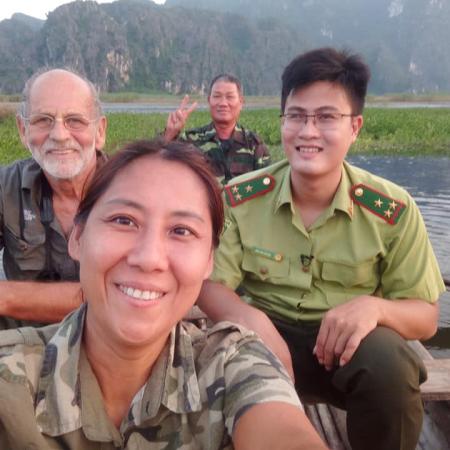
When Mr. Tilo, a German welder, air-conditioning engineer, arrived in Việt Nam in early 1990s, he immediately fell in love with its nature. He observed that wildlife was widely hunted and traded, especially our closest relatives, primate species. He decided to stay, became a conservationist, and was assigned as a project manager of the Frankfurt Zoological Society (FZS) in 1993. The same year, he founded the Endangered Primate Rescue Center in response to the need for rehabilitation of confiscated primates. He stayed the Director of the EPRC for 22 years. At the time, the occurrence of few small populations of Delacour’s Langur, a Vietnamese endemic and globally critically endangered species, were confirmed in Cuc Phuong National Park and in open-use wetland area nearby, the Van Long wetland.
In the 1990s, small and fragmented langur populations and their habitat in Van Long were under severe threats from different types of human activities, e.g. hunting, land encroachment with industrial, mining, agricultural development, and livestock grazing. Fully aware of those threats, EPRC proposed to establish a protected area in this site. After years of lobbying, and in collaboration with the Forest Inventory and Planning Institute (FIPI) of Hanoi, a wetland nature reserved was successfully established in 2001 and a management board for the NR was later assigned. In the last 20 years, the management board of Van Long Wetland NR with support from EPRC and financial assistance from a number of donors, especially European Zoos, UNDP-SGP and annual investment from the Government of Vietnam, implemented a number of conservation actions to improve protection and habitat rehabilitation. Local communities were identified as part of the problem, but also of the solution. An environmental awareness and education programme was initiated in early 2000s, coupled with buffer-zone livelihoods projects, which helped in changing the locals' attitude into a more environmentally friendly one. Some former hunters changed their mind and became members of community conservation teams. With the establishment of a nature reserve, Van Long became a tourism destination. As the landscape is well protected, wildlife species and habitats recovered, and more and more tourists visit Van Long. The locals now have more job opportunities from tourism. They now value the site and actively protect it as their own asset. The nature reserve is now benefiting both nature and people.

